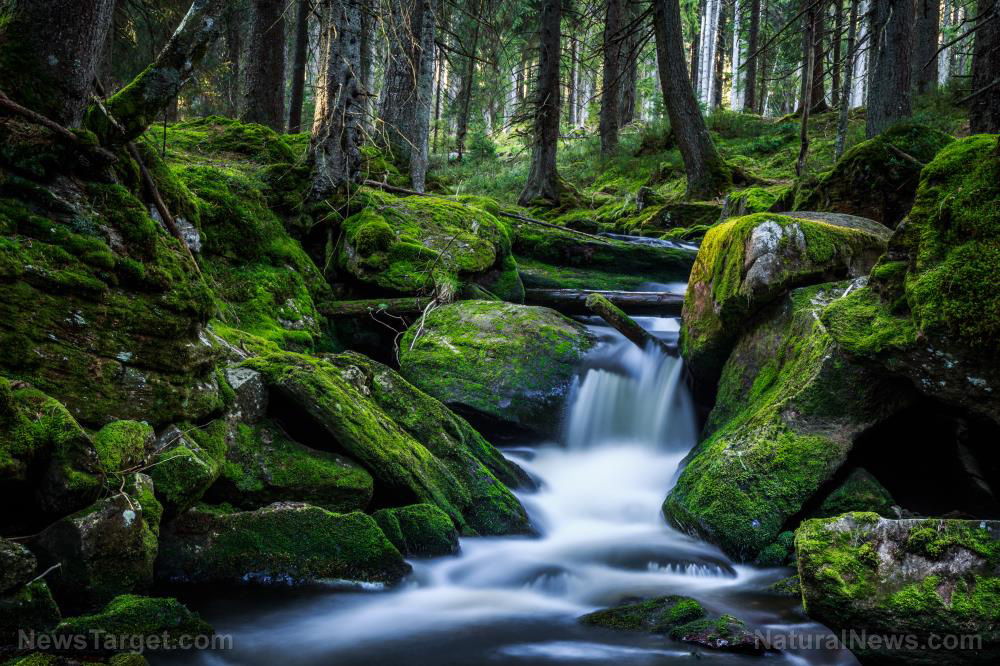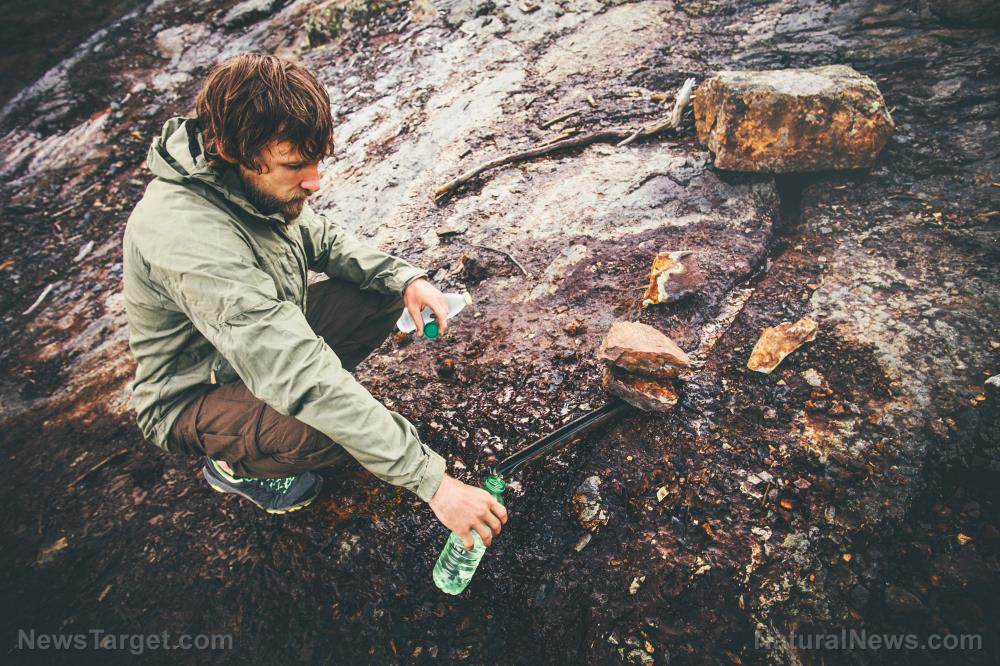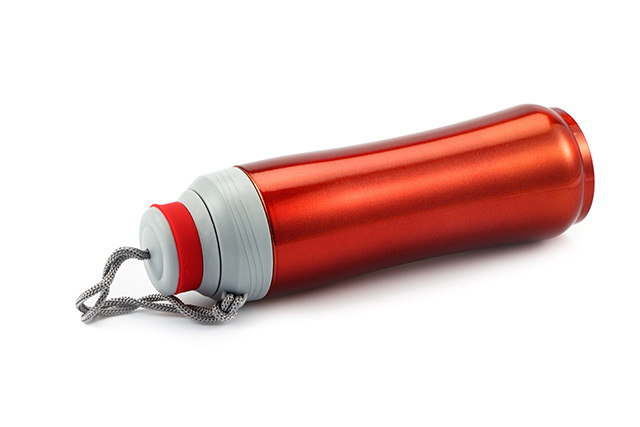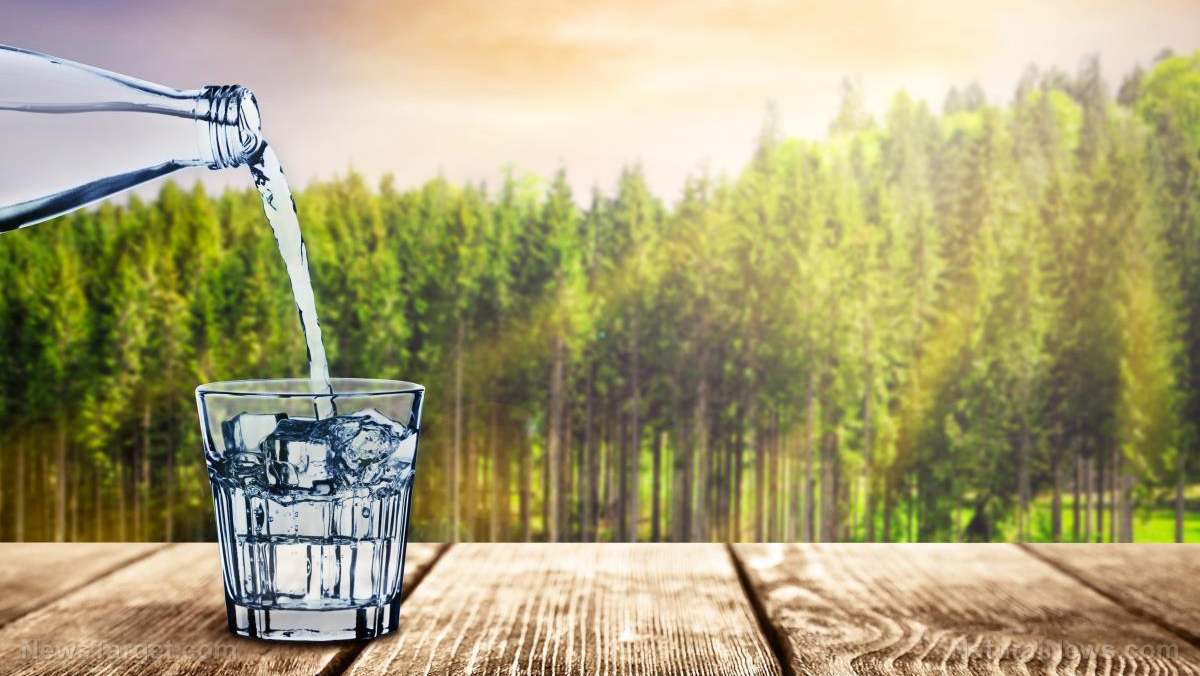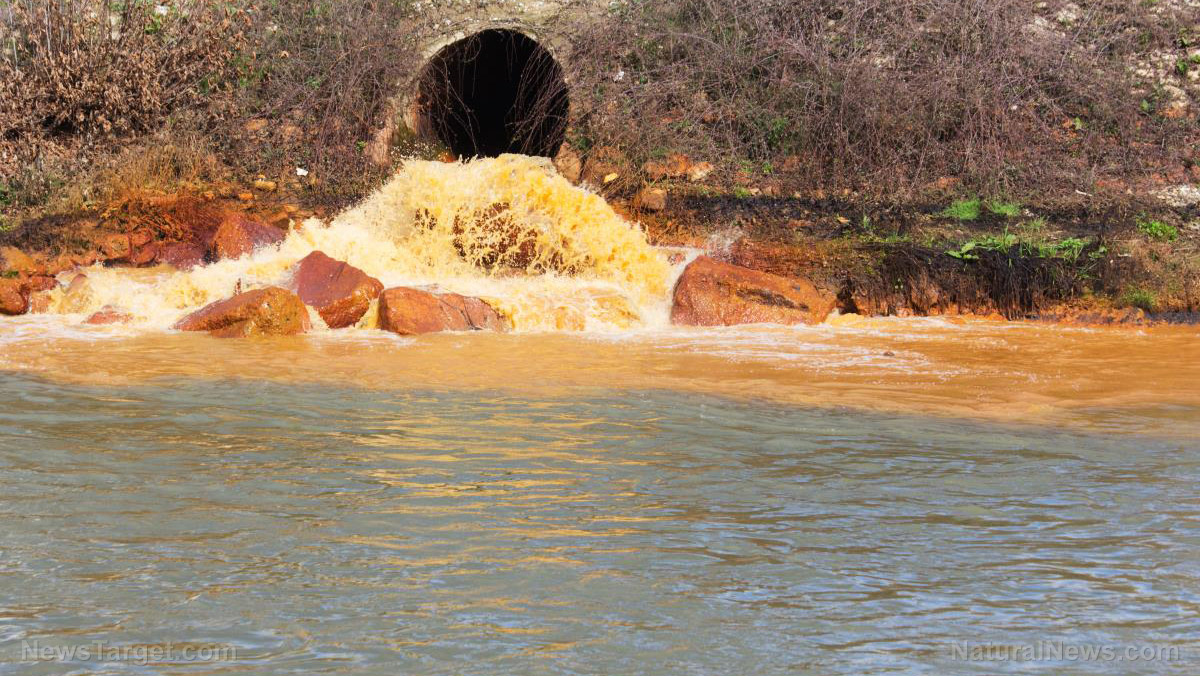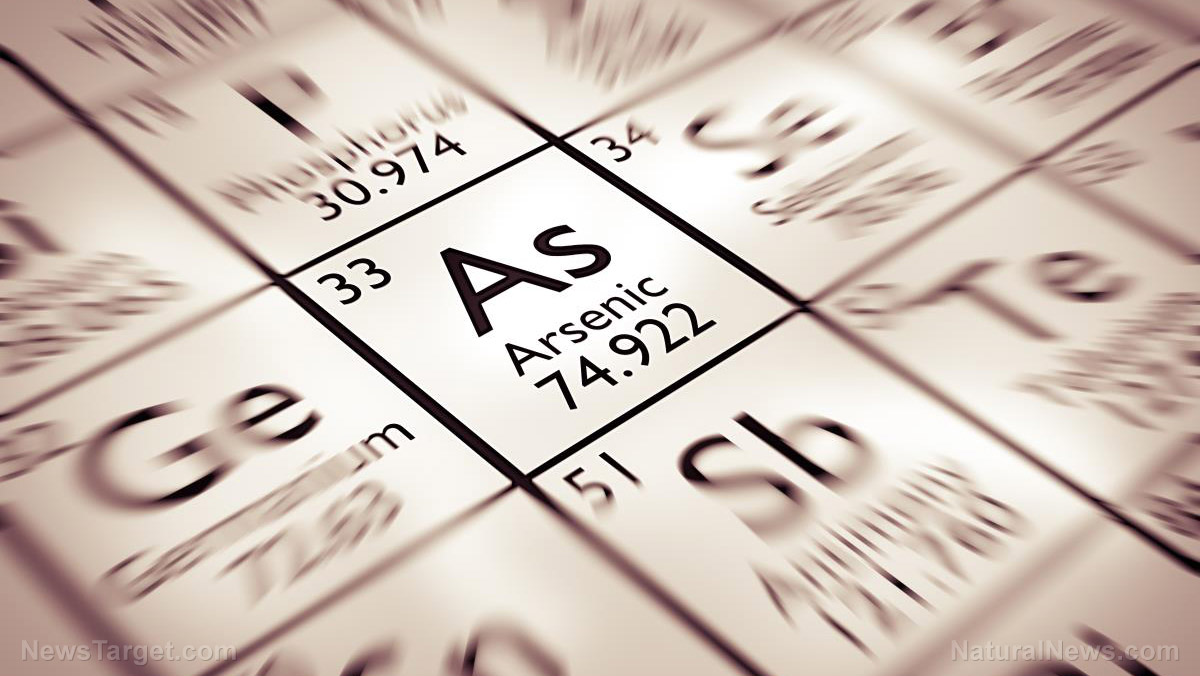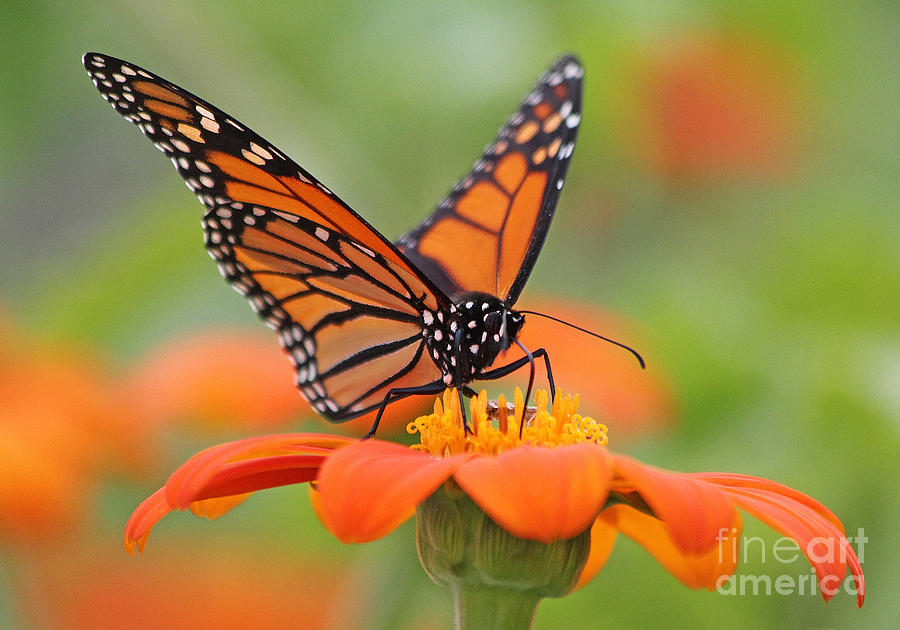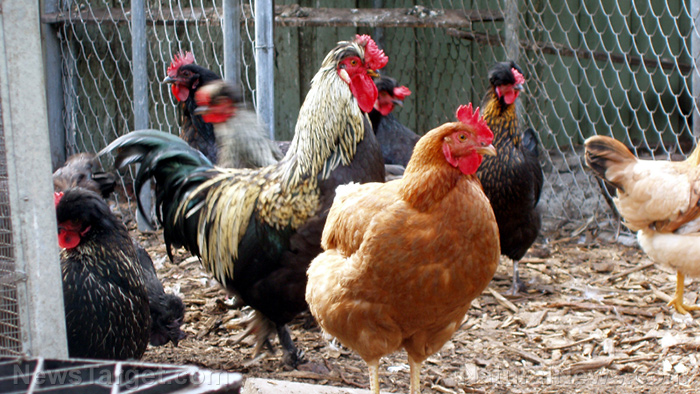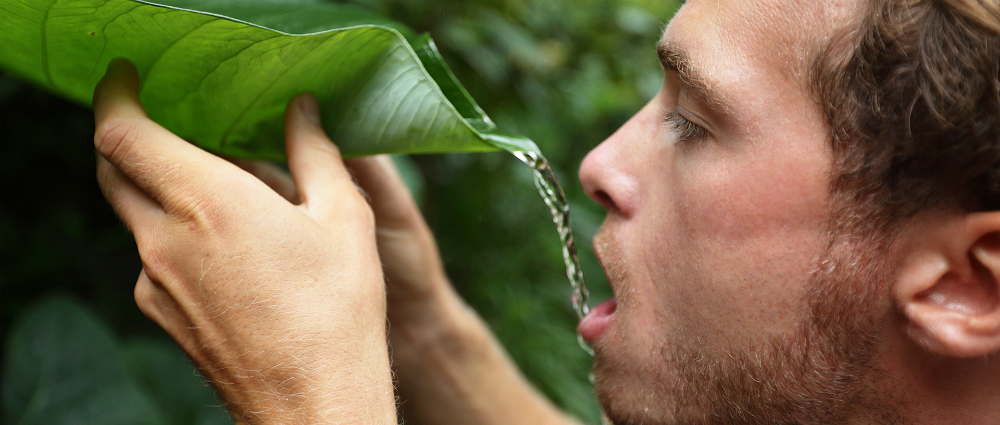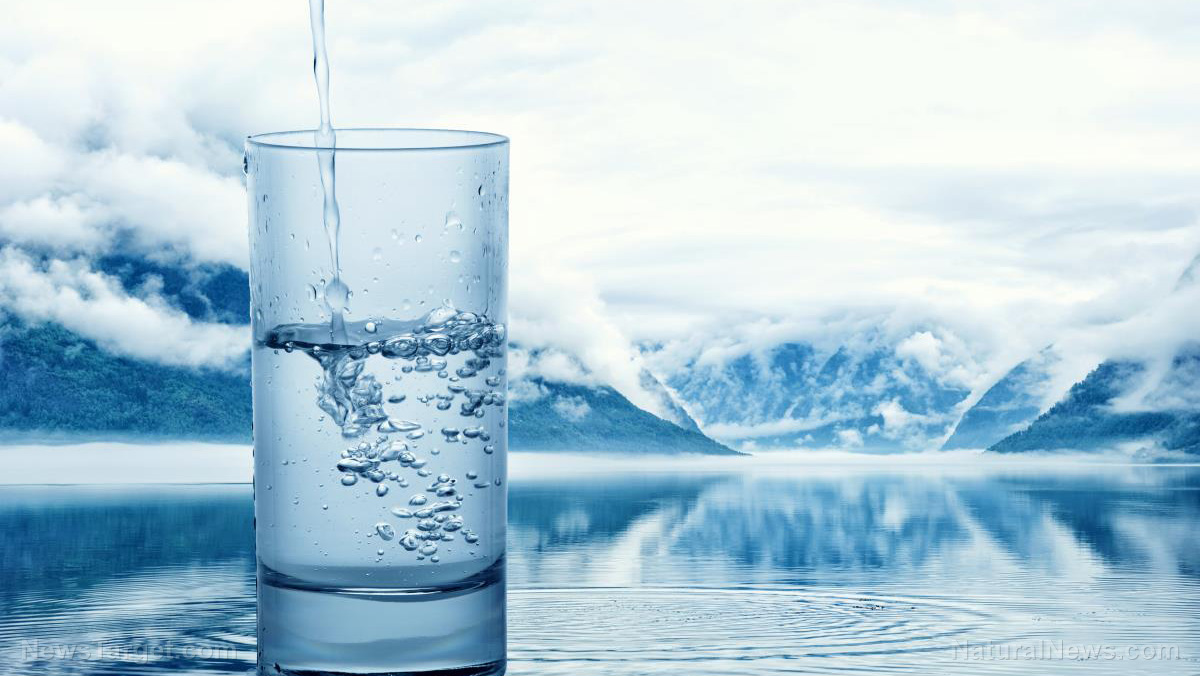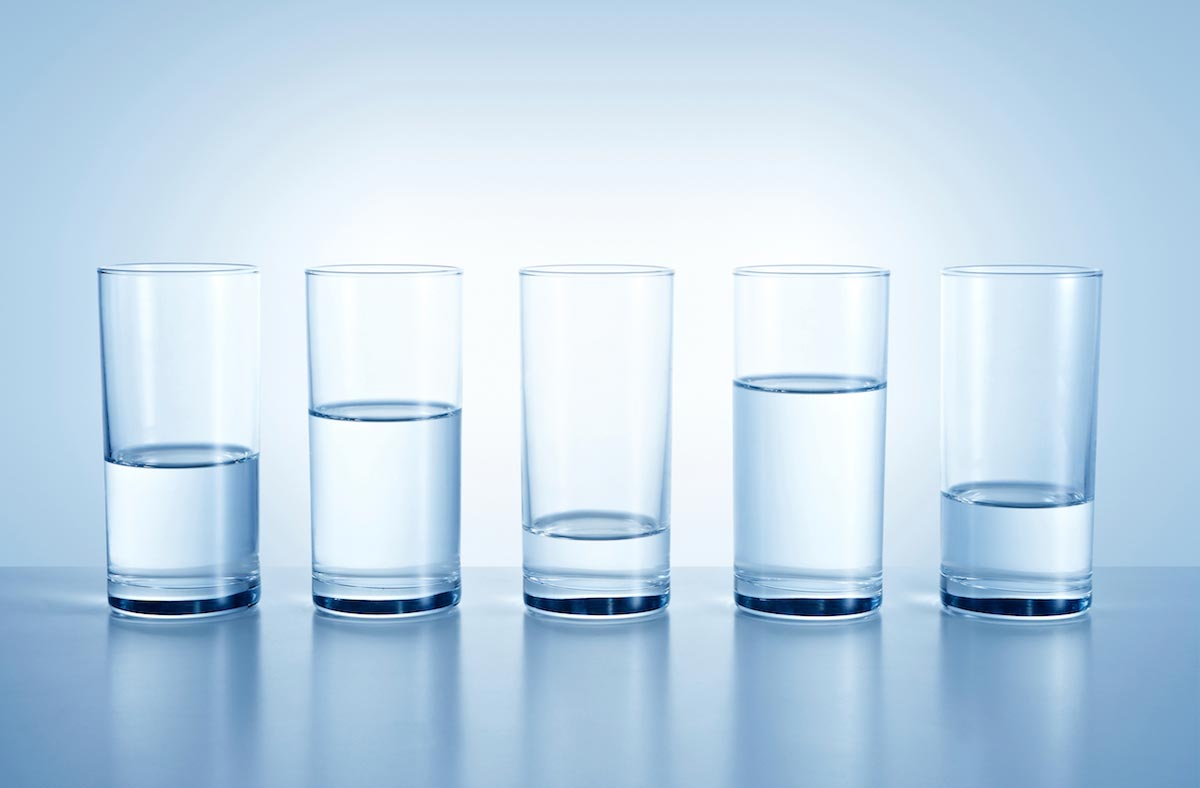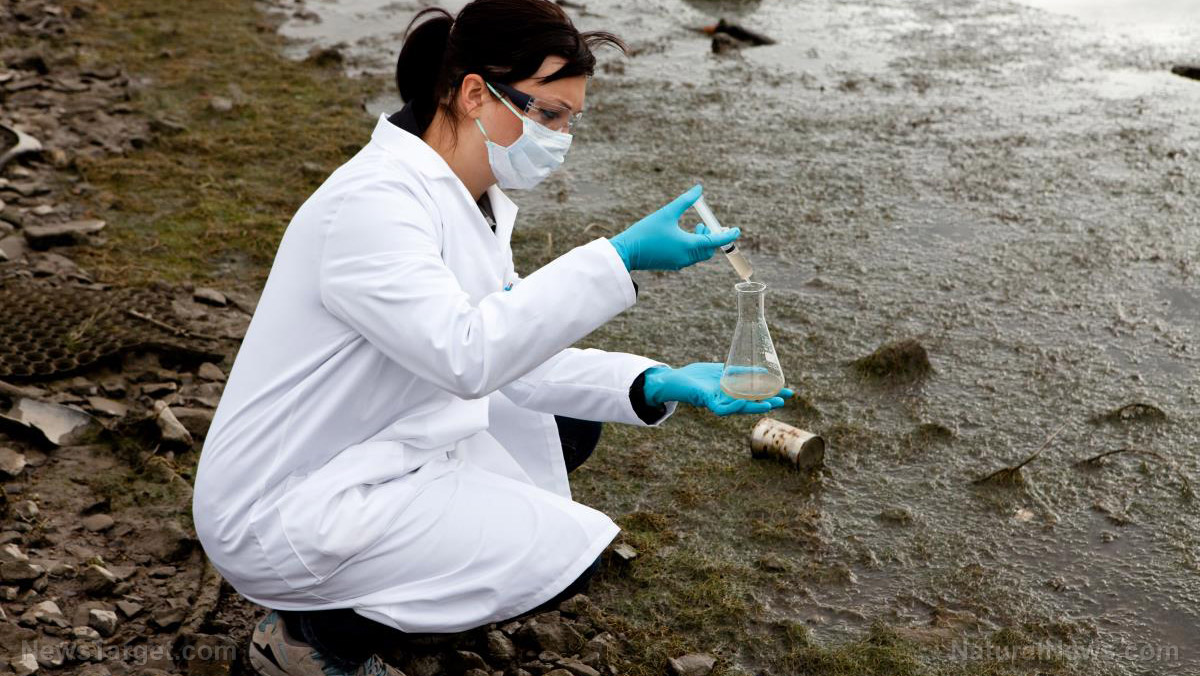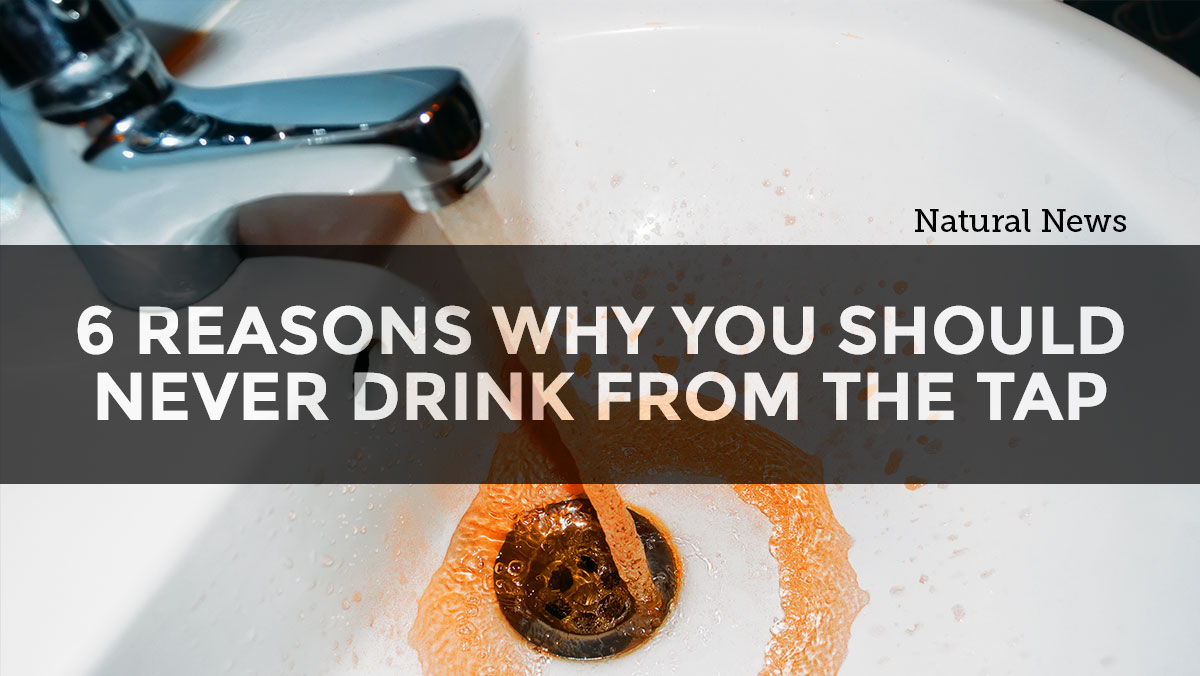The prepper’s secret: Sneaky places to hide your survival water stockpile
04/05/2018 / By Ethan Huff
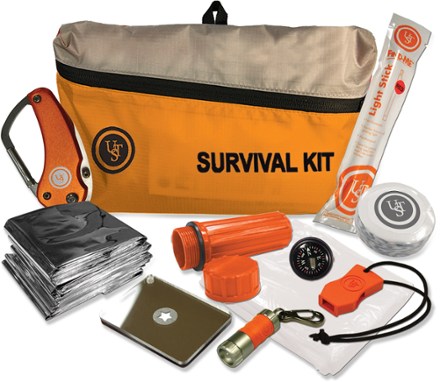
Stockpiling emergency supplies in preparation for the worst is never a bad idea. But knowing how to properly store your crisis necessities – and what to store them in – in order to avoid contamination, theft, or other loss is key to ensuring that you and your family maintain quick and easy access to these life-sustaining elements, should the need arise.
This is even true for something as seemingly ubiquitous as water, which it might surprise you to learn requires just as much careful storage planning as ammunition and firearms. Just because there’s water currently flowing down nearby streams and into lakes doesn’t mean that it’ll still be there during a major-grid down event scenario, in other words.
That’s why you need to start planning now for how you’re going to keep enough fresh, potable water on hand to sustain you and your loved ones, no matter what situation comes your way. And perhaps the first step is determining where to store water to keep it safe and secure, and out of sight from potential thieves.
You’ll also want to figure out the best types of storage containers to use that are both sturdy and safe – meaning you don’t want whatever’s infused into the storage material to end up leaching into the water you’ll end up using to cook, clean, and drink.
Tara Dodrill from Survival Sullivan actually recommends utilizing a variety of water storage containers. Everything from common rain barrels to stackable, five-gallon water storage units can serve a viable purpose in long-term survival, she says, noting that it’s equally important to find good places to stash all of them.
Just make sure that your water storage containers are made of safe, food-grade materials
First things first, though. Plastic containers that are made from #2 HDPE (high-density polyethylene) and that are free from bisphenol-A (BPA) are considered to be food-grade, meaning they won’t contaminate your water with deadly chemicals – just so long as you remember to keep them out of the sun and rotate their water supplies every six months when not in use.
Whether you decide on small containers or large ones, bottled water or canned, pouches or boxes – or all of the above – consider where around your bug-in property might be best to store them. Here are some viable options in case you’re having trouble come up with ideas:
• Compost piles. Even if you don’t already compost, you can start by digging a hole large enough to bury your water stockpile. After filling it in, cover the hole with dirt and start a compost pile on top of it. Potential thieves will never think of looking beneath that unsightly, stinky mess.
• Hay bales. If you have a barn, consider designing wood boxes that are roughly the size of hay bales that you can hide within a stack of actual hay bales. After attaching a hinged lid to the top of the box and filling it with your water containers, glue pieces of hay all around the box to make it look like a real bale and hide it away for safekeeping.
• False bottom floors and wall panels. You’d be amazed how much spare space is hiding throughout your home inside walls and underneath floorboards. You can even construct your own hiding spots behind faux walls and other artificial constructs, all of which can serve as nondescript storage areas for your water containers.
• Covert furniture. Whether it’s a dresser with a secret storage hatch in the back or a couch with hidden bins underneath the pillows, covert furniture is another great option for secret water storage. Like the other options mentioned, the sky’s the limit, and creatives can really get down and dirty in designing their own pieces when already-made options are unavailable.
Sources for this article include:
Tagged Under: bug out, clean water, Collapse, containers, creativity, emergency, Gear, hiding spots, off grid, preparedness, Storage, survival, water, water filters, water supply

